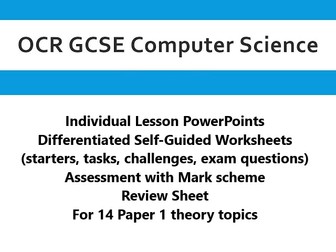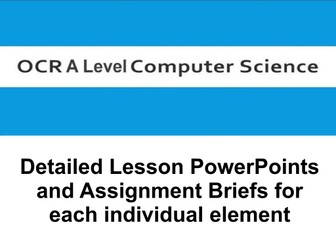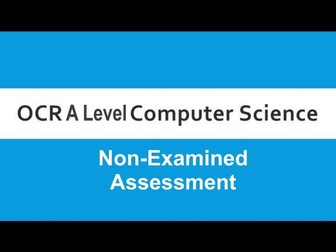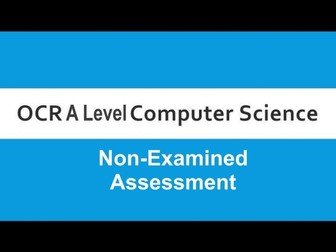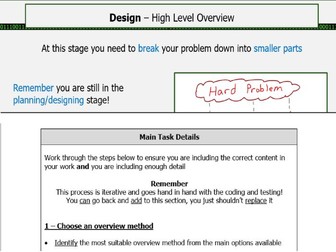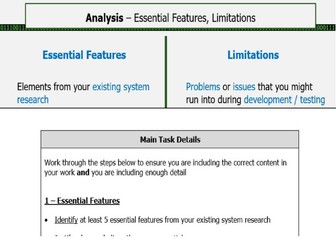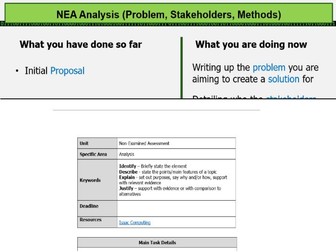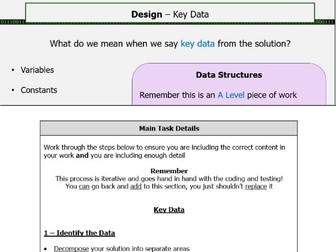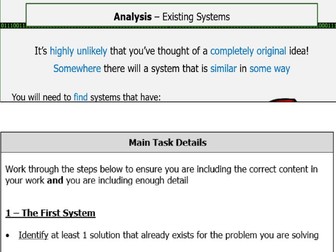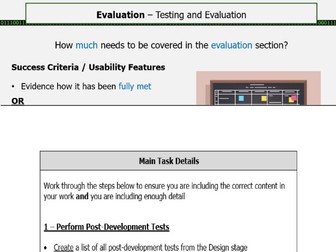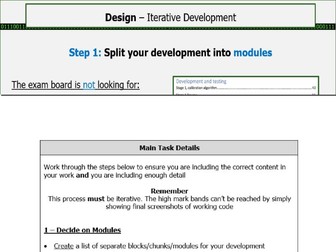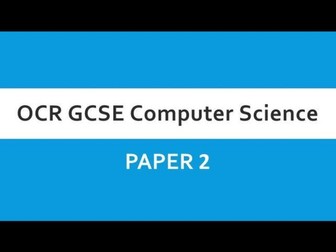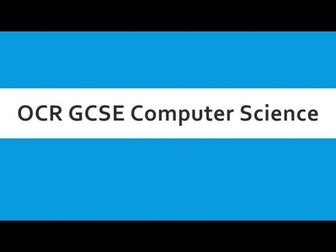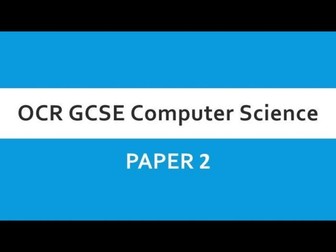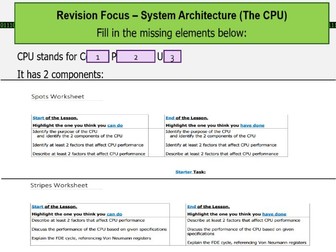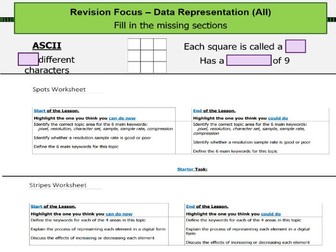Bundle
GCSE Paper 1 Revision - Theory Pack
<p>Contains 8 structured lessons with differentiated worksheets, summary of common mistakes with exam questions, assessment, and mark scheme to support GCSE student revise for the theory required for Paper 1.</p>
<p>Lesson PowerPoints covering:</p>
<ul>
<li>CPU components</li>
<li>FDE cycle</li>
<li>Performance factors</li>
<li>Von Neumann</li>
<li>RAM vs cache vs virtual memory</li>
<li>Secondary storage devices</li>
<li>Character representation</li>
<li>Image representation</li>
<li>Sound representation</li>
<li>Compression</li>
<li>Binary conversion</li>
<li>Hexadecimal conversion</li>
<li>Binary addition</li>
<li>Binary shift<br />
Differentiated revision worksheets:</li>
<li>Spots (lower ability)</li>
<li>Stripes (higher ability)</li>
<li>Research links</li>
<li>Starter, main and challenge tasks</li>
<li>Practice exam questions (answers in PowerPoints)</li>
<li>Links to online crossword (answer password in PowerPoint)</li>
</ul>
<p>Summary of Common Mistakes:</p>
<ul>
<li>Exam questions that are commonly answered incorrectly (e.g. “binary is the only language the computer understands”</li>
<li>Clear reasons for the misconception</li>
<li>Correct answers</li>
</ul>
<p>Assessment:</p>
<ul>
<li>Assessment lesson PowerPoint</li>
<li>Review lesson PowerPoint (with recap task</li>
<li>based on common mistakes)</li>
<li>Assessment paper</li>
<li>Mark scheme (with examiner comments)</li>
<li>Review sheet</li>
</ul>
<p>Note - worksheets are downloaded PDFs from OneNote and may require some formatting before use</p>
